Buying Guide for the Best Tig Welders
Choosing the right TIG welder can make a big difference in the quality and ease of your welding projects. TIG (Tungsten Inert Gas) welding is known for its precision and clean welds, making it popular for tasks that require fine detail or work with thin materials. When picking a TIG welder, it's important to consider what types of materials you'll be welding, how often you'll use the machine, and your experience level. Understanding the key specifications will help you find a welder that matches your needs and ensures you get the best results.Amperage RangeAmperage range refers to the minimum and maximum current the welder can deliver. This is important because different materials and thicknesses require different amperage settings. Lower amperage (around 10-30 amps) is ideal for thin materials like sheet metal, while higher amperage (up to 200 amps or more) is needed for thicker metals. If you plan to work on a variety of projects, a wider amperage range gives you more flexibility. Think about the types of materials and thicknesses you’ll be welding most often to choose a welder with a suitable amperage range.
AC/DC CapabilityTIG welders can offer AC (alternating current), DC (direct current), or both. DC is used for welding most metals like steel and stainless steel, while AC is necessary for welding aluminum and magnesium. If you only plan to weld steel, a DC-only machine may be enough. However, if you want to weld aluminum or need more versatility, look for a welder that offers both AC and DC modes. Your choice should be guided by the types of metals you expect to work with.
Duty CycleDuty cycle is a measure of how long a welder can operate at a given output before it needs to cool down. It’s usually expressed as a percentage of a 10-minute period. For example, a 40% duty cycle at 150 amps means you can weld for 4 minutes at 150 amps before the machine needs to rest for 6 minutes. If you plan to do long or continuous welds, a higher duty cycle is important. For occasional or short welds, a lower duty cycle may be sufficient. Consider how long your typical welding sessions will be to decide what duty cycle you need.
Input PowerInput power refers to the type of electrical supply the welder requires, such as 120V, 240V, or both. 120V welders can be plugged into standard household outlets, making them convenient for home use, but they may have lower power limits. 240V welders require a special outlet but can handle heavier jobs. Some welders are dual voltage and can work with both. Choose based on the power outlets available in your workspace and the thickness of materials you plan to weld.
Start TypeTIG welders can have different ways to start the arc, such as scratch start, lift start, or high-frequency (HF) start. Scratch start is basic and requires touching the tungsten to the workpiece, which can contaminate the weld. Lift start is easier and cleaner, while HF start is the most convenient and provides a non-contact, instant arc. If you want the cleanest starts and plan to do precise work, HF start is ideal. For occasional or less critical work, lift start or scratch start may be sufficient.
Controls and AdjustabilityThe level of control and adjustability refers to how many settings you can fine-tune, such as pre-flow, post-flow, pulse, and balance control. More advanced controls allow you to tailor the welding process for different materials and techniques, which is helpful for experienced users or those working on specialized projects. Beginners may prefer simpler machines with fewer settings to avoid confusion. Think about your experience level and whether you want to grow into more advanced features over time.


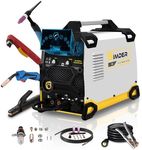
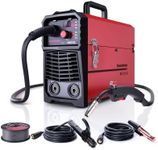
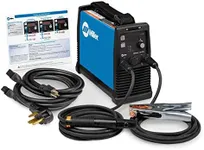

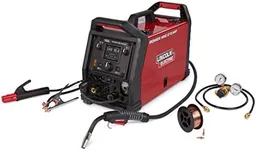

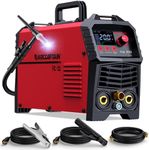
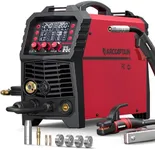
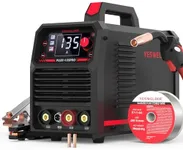
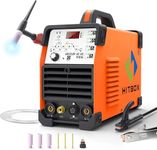

![ARCCAPTAIN Stick Welder, [Large LED Display] 200A ARC/Lift TIG Welding Machine with Synergic Control, IGBT Inverter 110V/220V Portable MMA Welder Machine with Hot Start, Arc Force and Anti-Stick](https://images-proxy.bestreviews.guide/g22tGhOX1S-d2hHUwBT43lyiTpY=/0x150/https://m.media-amazon.com/images/I/410pj918miL._AC_CX679_.jpg)

